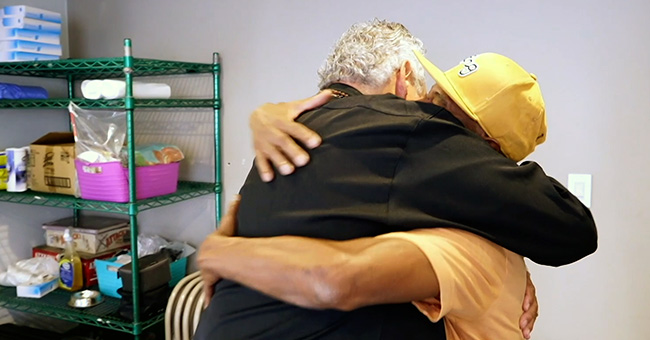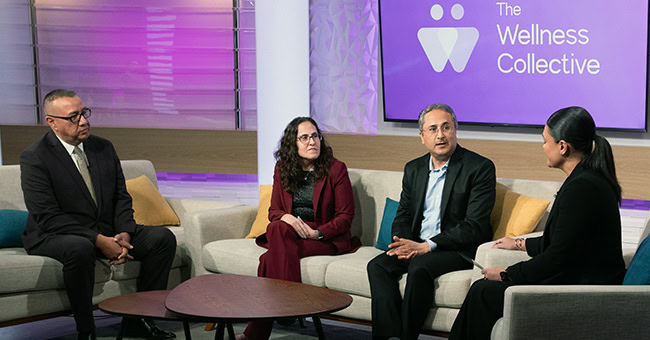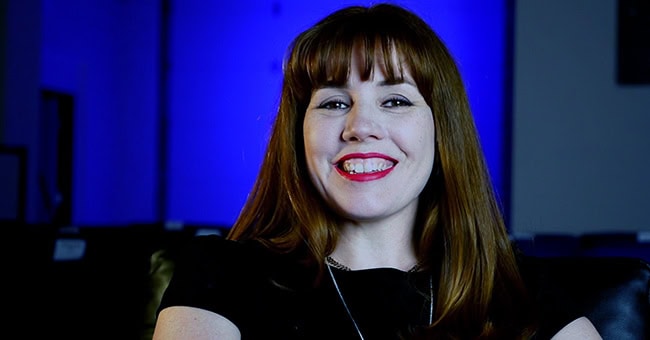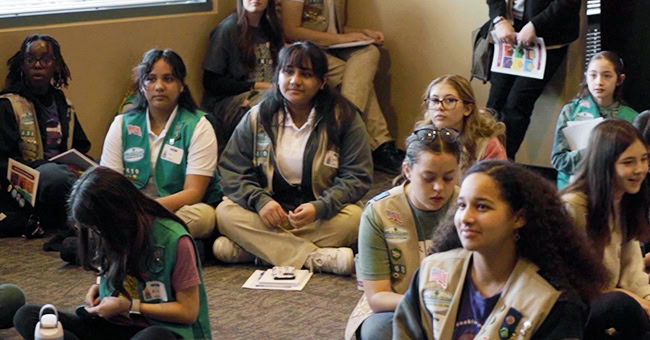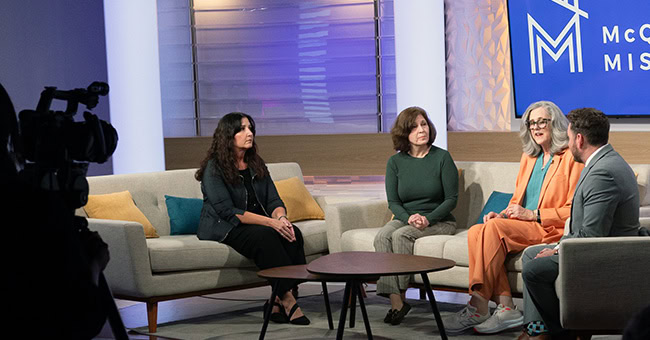PHOENIX, Ariz. (STN) – In the battle against chronic homelessness, temporary housing offers only a brief respite. That’s why the Human Services Campus is concentrating its efforts on a bridge housing program designed to facilitate the transition from homelessness to a permanent place to live.
A crucial aspect of this process involves providing stability and services that may be unavailable in conventional temporary housing.
Anthony Holt, the Bridge Housing Manager at HSC, explained, “We have clients who may need additional time to obtain their vouchers or documents. When they come here, we allow them the breathing room they need, and then things can work – they can eat.”
During the November episode of “It Happens at STN,” Holt, along with other representatives from HSC and two bridge housing clients, provided insight into HSC’s Bridge Housing program, which operates three facilities in the Phoenix Metro area. The primary objective is to swiftly transition vulnerable clients out of homelessness, offering a stable experience to facilitate placement into permanent housing.
“It slows you down; it reduces your stress,” remarked Albert, a bridge housing client. “They provide food. You can come down here and have breakfast, lunch, and dinner. It gives you time to slow down and look for a job that you know you’re going to keep, not just the first job you take, and then end up back in the same situation. It gives you options.”
Watch the video below to learn more about HSC’s Bridge Housing program:
Beyond housing, food, and time, the program also equips clients with hands-on training in life skills necessary for moving toward permanent housing, with support provided throughout the entire process.
“Some of them don’t even know how to cook or open a savings account,” said Myria Ramirez, a Bridge Housing Navigator at HSC. “We guide them through the steps of securing an apartment. [And] the great part about being here is that once they get approved, I’m still there. It’s not a case of ‘Hey, you’re on your own now; figure it out.’ I’ll still be right there with them.”
Christina Gardea, a supervisor at HSC, emphasized that the program, almost unintentionally, fosters connections between clients, which she deems a crucial part of the process. “Sometimes it’s knowing they’ve never had anybody to talk to, never had anybody to be around,” Gardea said. “They actually get to make a new friend and are actually meeting new people, which is part of moving on into the normalcy of living life.”
Holt emphasized that the more people understand how bridge housing works and its potential for successful outcomes, the more they will recognize it as a “huge piece of the puzzle” in overcoming chronic homelessness.
Cristal, a client who recently moved into the new Victory Housing facility, concurs. “For me, being here shows that I can at least move on with my life,” she said. “I can get a job if I want, get my own apartment, save up money. I’m very grateful. I’m very blessed by this place.”


